Eco-Friendly Baby Diapers for Sensitive Skin As parents, one of the first decisions we make revolves around the health and comfort of our babies. And in this realm, the humble diaper plays a pivotal role. Today’s landscape offers an array of diaper choices, yet the concerns of sustainability and sensitivity remain at the forefront. This extensive guide dives deep into the world of eco-friendly diapers, offering insights into their benefits for your little one’s sensitive skin and the planet.
Introduction To Eco-Friendly Baby Diapers
It’s the middle of the night, your newborn is stirring, and you reach for the diapers that line your shelves. With each change, do you stop to think about the impact those seemingly innocuous disposables might have on your baby and the environment?
The truth is that the debate over diaper choices, especially for babies with sensitive skin, is complex. But with the right knowledge, the choice can be clear – eco-friendly diapers are not just a trend; they’re a move towards a healthier planet and baby.
Parents are often torn between the convenience of traditional disposable diapers and the perceived mess of cloth options when it comes to diapering. But there’s a compromise that aligns with both comfort and eco-consciousness — the eco-friendly diaper.
This article dissects the varying aspects of what makes a diaper eco-friendly, how it caters to sensitive skin and practical guidance on making the right choice for your family’s unique needs.
Understanding Eco-friendly Diapers
The term “Eco-Friendly Baby Diapers ” in the context of diapers encompasses a range of considerations. At its core, an eco-friendly diaper minimizes harm to the environment over its entire life cycle — from raw material extraction, manufacturing, distribution, use, and disposal
The term “eco-friendly” in the context of diapers encompasses a range of considerations. At its core, an eco-friendly diaper minimizes harm to the environment over its entire life cycle — from raw material extraction, manufacturing, distribution, use, and disposal. But what makes a diaper truly eco-friendly?
- It’s a combination of factors. The materials used should be sustainably sourced and biodegradable.
- Production processes should be resource-efficient, and the facilities should prioritize green energy.
- The transport of these diapers should also have a minimal carbon footprint.
- Throughout this article, we’ll explore these elements in detail and discuss the significance of each in the bigger picture of sustainable living.
The Importance Of Choosing Gentle Diapers For Sensitive Skin
Sensitive skin is a common issue among infants, with various studies linking skin conditions to inappropriate diapers. The delicate nature of a baby’s skin means that any irritant can cause discomfort and potential health issues. Traditional diapers, constructed with a cocktail of chemicals and synthetic materials, often prove to be such triggers. Here, you will find detailed insights into the causes and symptoms of diaper rash and other forms of skin sensitivity, including allergies. We will also discuss how eco-friendly diapers, with their natural and non-toxic components, can significantly reduce these occurrences.
| Feature | Benefit |
| Natural materials | Reduce the risk of skin irritations |
| Hypoallergenic qualities | Safe for most sensitive skin types |
The Impact Of Traditional Diapers On the Environment
Most parents are aware that the convenience of disposable diapers comes at an environmental cost. However, the full extent of that cost is often underestimated. Did you know that a typical disposable diaper takes hundreds of years to decompose in a landfill? This section will explore the environmental impact of traditional diapers, addressing issues such as landfill overcrowding, the energy and water consumption involved in their production, and the release of harmful substances during decomposition.
Analyzing The Carbon Footprint Of Disposable Diapers
Eco-Friendly Baby Diapers living is all about minimizing one’s carbon footprint, and diapers are an area where small changes can yield significant results. We will break down the carbon footprint of disposable diapers, examining the emissions associated with their life cycle and the potential for reduction through eco-friendly alternatives.
Waste Management Challenges Of Non-biodegradable Diapers
Sticking around for centuries in landfills isn’t the only issue with traditional diapers. Their nonbiodegradable nature poses challenges to waste management as a whole, making them a top contributor to overflowing trash bins and strain on waste processing facilities. We will walk you through these challenges and discuss the potential role of biodegradable and compostable diapers in easing the burden on waste management systems.
Health Concerns With Standard Diapers
The health implications of traditional diapers go beyond just rashes. Chronic exposure to the chemicals in these diapers could potentially lead to more serious health conditions, especially for infants with underdeveloped immune systems. We will discuss these concerns in depth, highlighting the need for more natural and skin-friendly alternatives.
Chemical Composition Of Traditional Diapers
Diapers as you know them are a chemical cocktail, an array of substances and components that help with everything from absorbency to odor control. Unfortunately, many of these chemicals pose a risk to the environment and, more importantly, to your child’s well-being. In this portion, we will provide an exhaustive list of common diaper ingredients and their known or suspected health effects, encouraging a more informed approach to diapering.
Link Between Conventional Diapers And Skin Irritation
From latex to fragrance, once you understand the potential irritants in traditional diapers, you can better appreciate their link to skin inflammation and allergies. Through evidence-based findings, we will explore why and how sustainable, sensitive-skin-friendly diapers are the way forward.
Causes of diaper rash:
| Material | Result |
| Plastic | Traps moisture |
| Fragrance | Causes irritation |
| Dyes | Leads to rashes |
Reducing Your Baby’s Carbon Footprint
Teaching your child about eco-consciousness starts from day one, and you can lead by example with conscious diaper choices. We’ll share strategies and mindsets that not only reduce your carbon footprint but also set the stage for a more sustainable lifestyle overall.
Promoting Better Skin Health for Babies
Ensuring that your little one’s skin thrives involves a combination of factors beyond just the diaper itself. We’ll take a comprehensive look at skincare routines and products that complement eco-friendly diapers to deliver the best results for sensitive baby skin.
| Eco-Friendly Diapers | Benefits for Skin |
| Chemical-free | Reduces risk of skin irritation |
| Natural fibers | Enhances breathability and comfort |
| Hypoallergenic properties | Lowers chances of diaper rash |
Materials And Ingredients In Eco-friendly Diapers
Eco-Friendly Baby Diapers boast materials that align with a green philosophy. From natural fibers to bioplastics, these components significantly depart from the petroleum-based ingredients in traditional diapers. We will review each material and its benefits for the environment and sensitive skin, offering a detailed understanding for conscientious parents.
Natural And Organic Materials Used
Natural and organic materials are the backbone of sustainable diaper design. We will highlight key materials such as bamboo, organic cotton, and sustainable pulp, showcasing their merits and the combined effect on a child’s comfort and skin health.
Understanding Hypoallergenic Components For Sensitive Skin
Hypoallergenic components are critical for sensitive skin care, and they are a hallmark of eco-friendly diapers. We will define what makes a diaper organic, explore the science behind allergen-free materials, and detail how these components prevent skin issues.
Types Of Eco-friendly Diapers
Not all eco-friendly diapers are created equal. From compostable to hybrid options, we will compare the different types available, their specific environmental benefits, and how each caters to the needs of sensitive skin. By the end of this section, you will have a clear understanding of which diaper type suits your family best.
Comparing Biodegradable, Compostable, And Cloth Diapers
Choosing the right type of eco-friendly diaper involves understanding the distinctions between biodegradable, compostable, and cloth alternatives. We will examine the pros and cons of each type to help you make an informed choice
| Type | Biodegradable | Compostable | Cloth |
| Materials | Plant-based fibers | Organic materials | Reusable fabrics |
| Breakdown | Naturally in landfills | In industrial facilities | N/A – Wash and reuse |
| Skin Sensitivity | Low risk | Varies | Low if washed well |
Pros And Cons Of Each Type For Sensitive Skin
Each type of eco-friendly baby diaper has its unique set of advantages and limitations, especially when it comes to sensitive skin. In this section, we will highlight the key considerations to take into account when selecting the most suitable diaper type for your baby’s needs.
How To Choose The Right Eco-friendly Diapers
Selecting the ideal Eco-Friendly Baby Diapers goes beyond reading labels. We will provide a systematic approach to making the decision, focusing on essential factors such as fit, absorbency, and environmental impact.
The Future Of Sustainable Diapering
As eco-consciousness continues to grow, so will innovative solutions in diaper design. We will explore current trends and emerging technologies that have the potential to revolutionize sustainable diapering practices, providing a glimpse into the future of environmentally friendly parenting.
Assessing Diaper Fit And Absorbency
The right fit and proper absorbency are critical for preventing leaks and keeping your baby dry. We will offer practical advice on how to evaluate these aspects when choosing eco-friendly diapers.
Evaluating Environmental Certifications And Standards
Certifications such as the Forest Stewardship Council (FSC) or Nordic Swan label can guide you toward diapers with genuine eco-credentials. We’ll explain what to look for and how to decipher the eco-jargon on packaging.
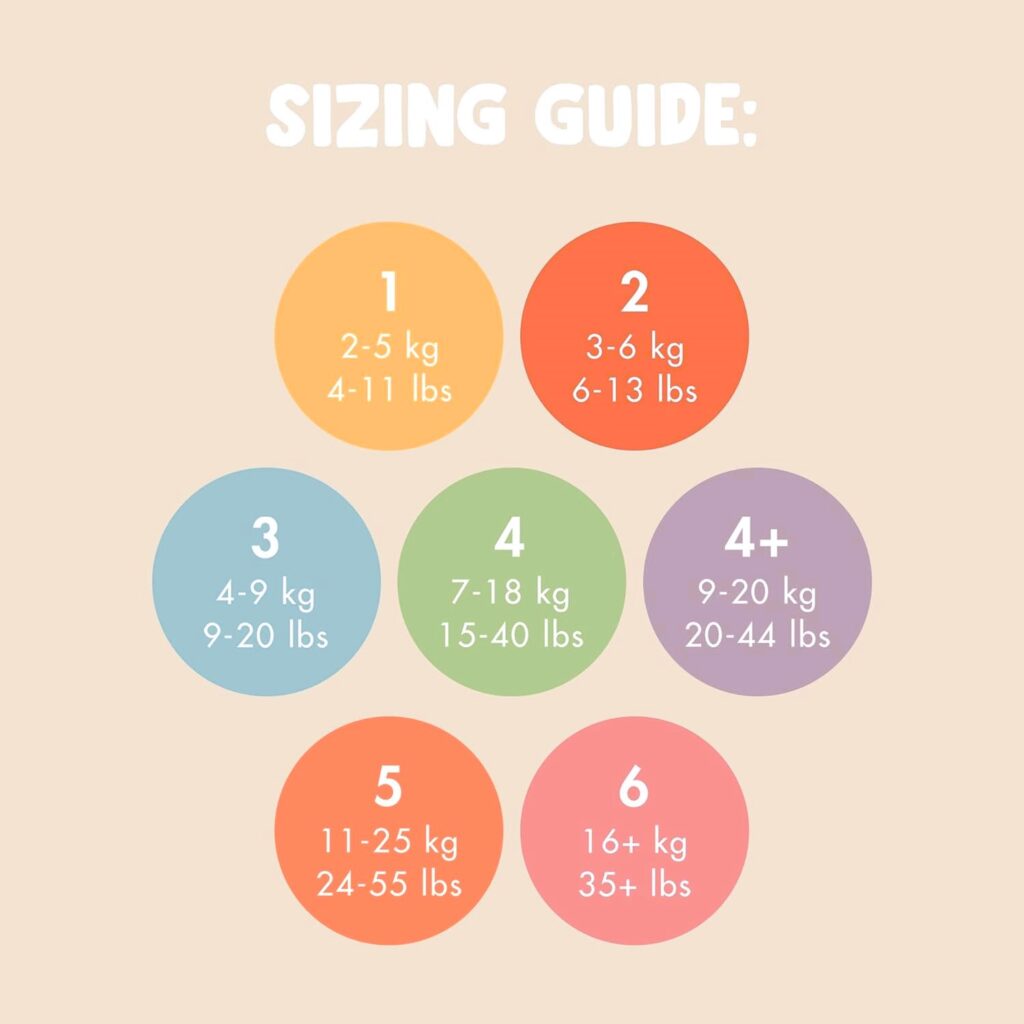
Life Cycle Analysis: From Production To Disposal
Understanding the complete life cycle of a diaper is crucial to assessing its environmental impact. We will walk you through the process, from the extraction of raw materials to the final stages of decomposition or disposal, highlighting areas of concern and improvement.
Sustainability In The Manufacturing Process
The production of Eco-Friendly Baby Diapers prides itself on sustainable practices. We will detail these processes, emphasizing the strides being made in eco-factories, zero-waste initiatives, and renewable energy sources.
Disposal Options And Composting Diapers
Disposing of diapers in an eco-friendly manner means more than just throwing them away. In this section, we will discuss the options available to reduce diaper waste, including composting and the associated challenges and best practices.
Cost Consideration And Budgeting For Eco-friendly Diapers
While the initial cost of Eco-Friendly Baby Diapers may seem steep, a long-term view shows that they can be cost-competitive with traditional options. We will provide a detailed cost analysis and offer tips for budgeting these environmentally sound choices.
The Economic Benefits In The Long Run
By choosing Eco-Friendly Baby Diapers, you are not just investing in the environment; you are also investing in your baby’s future. We will explore the long-term economic benefits associated with this sustainable choice.
Tips For Making Eco-friendly Diapers Affordable
Making eco-friendly diapering affordable is possible with creativity and a willingness to explore different options. From bulk buying to diaper exchanges, we will share practical advice for reducing the financial burden of sustainable diapering.
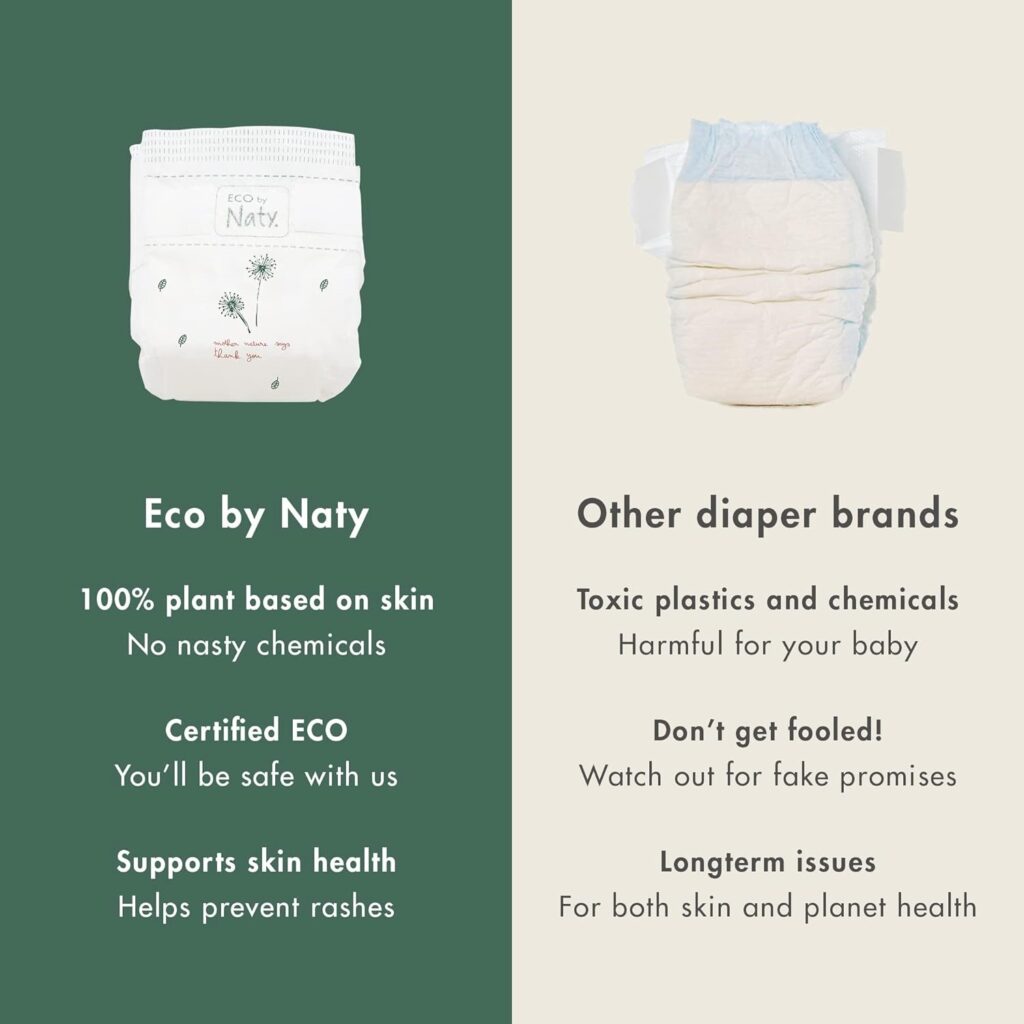
Case Studies: Parents’ Experiences With Eco-friendly Diapers
Real-life examples can often be the most convincing testimonials. We will offer case studies of parents who have successfully transitioned to Eco-Friendly Baby Diapers, sharing their experiences and insights.
Impact On Baby’s Skin Health: Testimonials And Feedback
The best proof of Eco-Friendly Baby Diapers‘ efficacy is often found in the feedback of fellow parents. We will collate testimonials that speak to the positive effects on baby skin health, underscoring the value of these gentle alternatives.
| Parent | Diaper Type | Impact on Skin Health | Overall Satisfaction |
| Jake and Emma | Organic Cotton | No more redness | Very Happy |
| Alex and Jordan | Biodegradable | Less diaper rash | Super Satisfied |
| Ivy and Cole | Chemical-Free | Improved skin health | Happy Parent |
Innovations And Future Trends In Eco-friendly Diapers
The world of diapers, like any other, is constantly evolving. We will take a glimpse into emerging technologies in diaper manufacturing and predict the direction of the eco-friendly diaper market.
Emerging Technologies In Diaper Manufacturing
Cutting-edge machinery and materials are rewriting the rulebook when it comes to eco-friendly diaper production. We will highlight the most promising innovations and their potential impact on sustainability and skin-friendliness.
Predicting The Evolution Of The Eco-friendly Diaper Market
From smart diapers to new business models, the market for Eco-Friendly Baby Diapers is set to expand and transform. We will discuss the anticipated trends and their implications for parents and the environment.
Conclusion: Embracing An Eco-conscious Lifestyle For Your Family
In conclusion, the path to sustainability and sensitive skin care starts with small, intentional choices in your baby’s every need for Eco-Friendly Baby Diapers, including their diapers. By selecting an eco-friendly option, you are not only protecting your child’s health but also contributing to the well-being of the planet they will inherit.
Summarizing The Benefits Of Eco-friendly And Gentle Diapers
Eco-Friendly Baby Diapers present a multitude of benefits, encompassing environmental responsibility and personalized care for sensitive skin.
Encouraging Continued Efforts Towards Sustainable Parenting
Diapering is just the beginning. We aim to inspire parents to make holistic lifestyle changes that benefit their children while preserving the planet.
Are Eco-friendly Diapers Good For Sensitive Skin?
Yes! Eco-Friendly Baby DiapersThey can significantly reduce the chances of allergies and irritation due to the absence of harmful chemicals and the use of natural, hypoallergenic materials.
What Makes Diapers Eco-Friendly?
Eco-Friendly Baby Diapers employ sustainable materials, responsible manufacturing processes, and biodegradable components to reduce their impact on the environment.
How To Choose The Best Baby Diaper For Sensitivity?
Focus on natural ingredients, hypoallergenic properties, and proper fit and absorbency to ensure a positive diapering experience for your baby.
Can Eco-friendly Diapers Prevent Diaper Rash?
While not a guarantee, switching to Eco-Friendly Baby Diapers can often help reduce the frequency and severity of Eco-Friendly Diaper rash and skin irritation in babies.
In a world that often questions the sustainability of our lifestyles, the choice ofEco-Friendly Baby Diapers is a step in a considered, conscientious direction. But it’s more than just a switch — it’s a commitment to a gentler world, starting with the well-being of our most precious arrivals.
We hope this guide has clarified the benefits and options available to help you make an informed decision for your family and the planet. Let’s work together towards a sustainable future, one diaper at a time. So, don’t hesitate to embrace an eco-conscious lifestyle for your family! Make the switch to Eco-Friendly Baby Diapers today and join the movement toward a healthier planet for generations to.


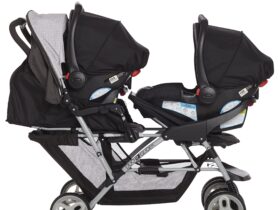

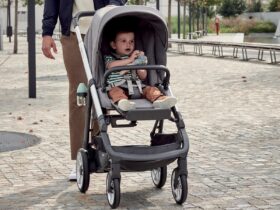


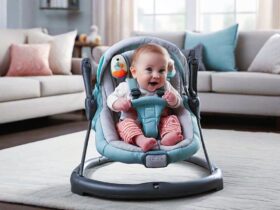







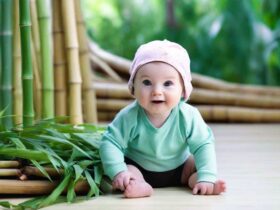

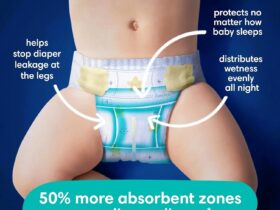



Leave a Review